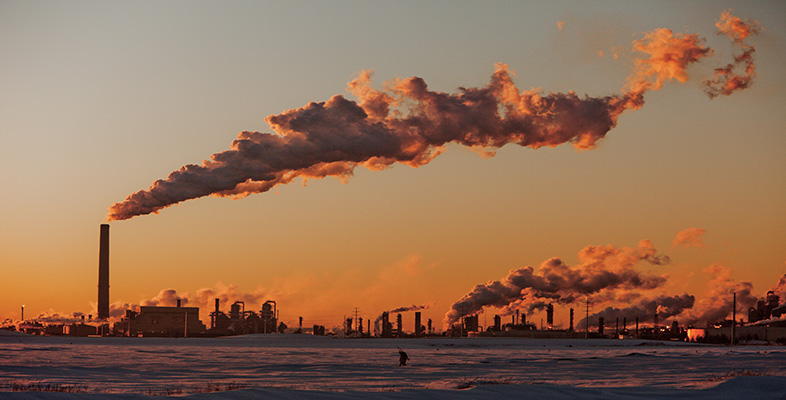5.1.1 Endocrine disruptors
As mentioned above, pesticides can be endocrine disruptors. Many other chemicals are also classed as endocrine disruptors, i.e. they interfere with the synthesis, secretion, transport and binding, action, or elimination of natural hormones in the body that are responsible for the maintenance of homeostasis, reproduction, development and/or behaviour (Burkhardt-Holm, 2010).
Most endocrine disruptors are synthetic compounds (e.g. plasticisers such as bisphenol A, used in plastic bottles and food containers; sex steroids in contraceptive pills; paints; pesticides; alkylphenol polyethoxylates used as surfactants in detergents). They can end up in watercourses through sewage treatment works, surface water run-off, direct discharge or leachates from landfill sites. One effect that has been observed on wildlife is the feminisation of male fish (Jobling et al., 2002).
Having said the above, there are also natural sources of endocrine disruptors. For instance, Fusarium fungus infesting corn and other grains produces zearalenone, a potent oestrogenic chemical that causes cessation of lactation and hyperoestrogenisation in pigs (Burkhardt-Holm, 2010).
In terms of water supply, endocrine disruptors can be present if untreated groundwater is used for potable supplies, if the groundwater is contaminated with the suspect chemicals. Bottled water can contain endocrine disruptors from plasticisers and detergents used in the production process.
